The fate of the imprisoned "Stranger". By stage to Siberia
Categories: History
By Pictolic https://pictolic.com/article/the-fate-of-the-imprisoned-stranger-by-stage-to-siberia.htmlAbout the amazing fate of Sofia Kramskoy, the daughter of the artist I.N. Kramskoy, who posed for the painting "Stranger". About the unknown tragedy of a girl from school textbooks, whose portrait is familiar to everyone. It's a pity that no one talks about her imprisonment.
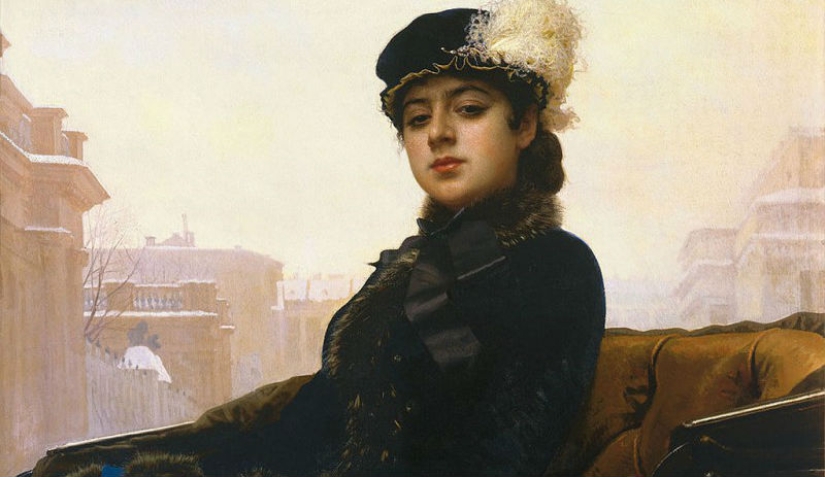
Sofia Kramskaya, the only girl among her brothers (and therefore, probably, her father's favorite), was born presumably in 1866 (according to other sources, in 1867). She studied at an ordinary gymnasium, but thanks to the creative atmosphere that prevailed in her native home, she felt an early interest in painting. The father tried to develop his daughter's artistic skills and became her first teacher.
In childhood, Sonya was considered ugly among her friends, but in her youth, as happens with many girls, she became prettier. However, for her father, she was always the most beloved model. Even when the girl's hair was cut off due to illness and an uneven hedgehog grew on her head (Sonya tried to cover it with a lace scarf), and then on her father's canvases the teenage daughter appeared to be a real beauty with bottomless eyes.

Being the same age as P.M. Tretyakov's daughters Vera (married to Ziloti) and Sashenka (married to Botkina), Sonya was very friendly with them. Vera Ziloti later recalled:
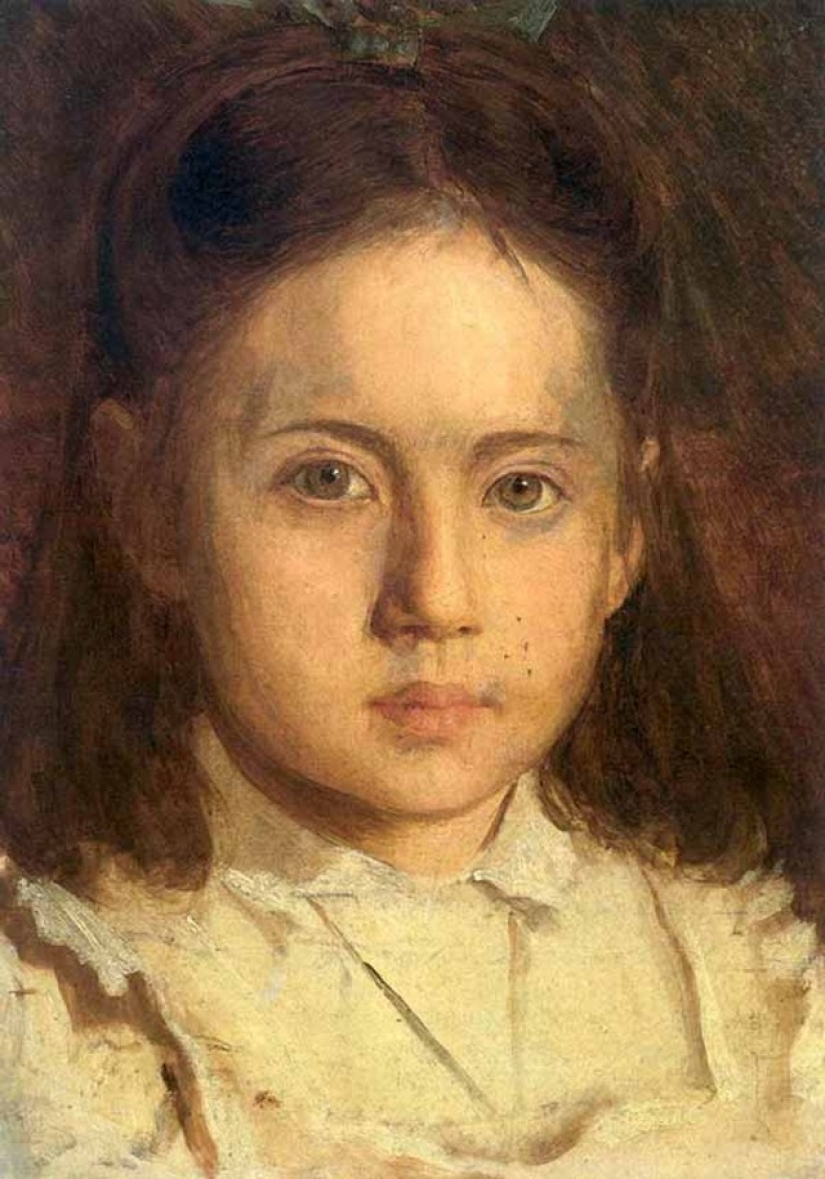
As they say, man assumes, but God disposes. Sergey Botkin unexpectedly fell in love with his fiancee's friend Alexandra Tretyakov. The engagement turned out to be terminated, and soon Sasha Tretyakova married her friend's ex-fiance. Sonya Kramskaya found the strength to maintain friendly relations with her. But what happened plunged Sonya into melancholy for a long time. Painting saved Sophia. A sixteen-year-old girl threw herself into work and began to demonstrate truly professional success.
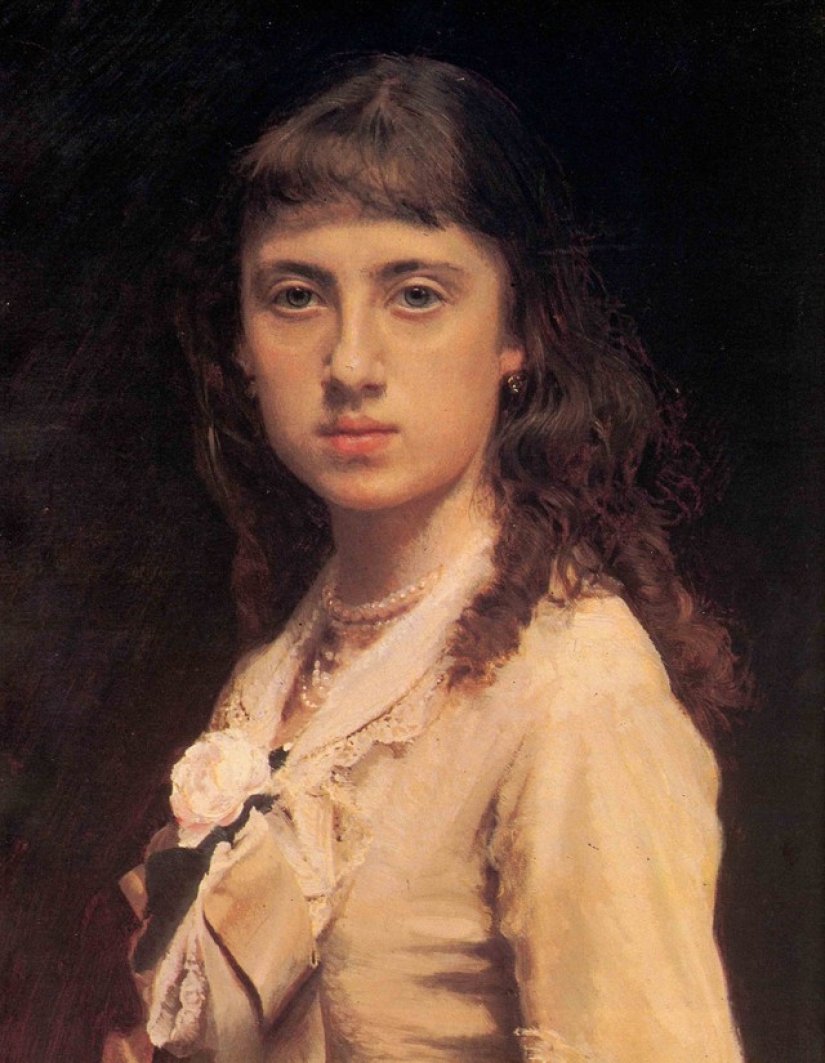
Kramskoy, despite his simple origin (he was the son of a clerk from the town of Ostrogozhsk), was accepted at court and even became his own man there, more than once performing portraits of members of the imperial family (Alexander III was a great democrat and preferred communication with ordinary people, especially talented ones, to communication with the Romanov clan), gave painting lessons to the emperor's daughters. His children also became their own at court. Sofia Kramskaya also performed a number of works, capturing the emperor, the Empress, their children, first of all the Tsarevich, and other relatives. But almost nothing has been preserved. Something was destroyed or disappeared during the revolution, some of her own works were transferred by her to The Ostrogozhsky Museum, to his father's homeland, together with his paintings, and when a fire broke out in the museum in 1942, it perished along with most of his collections.
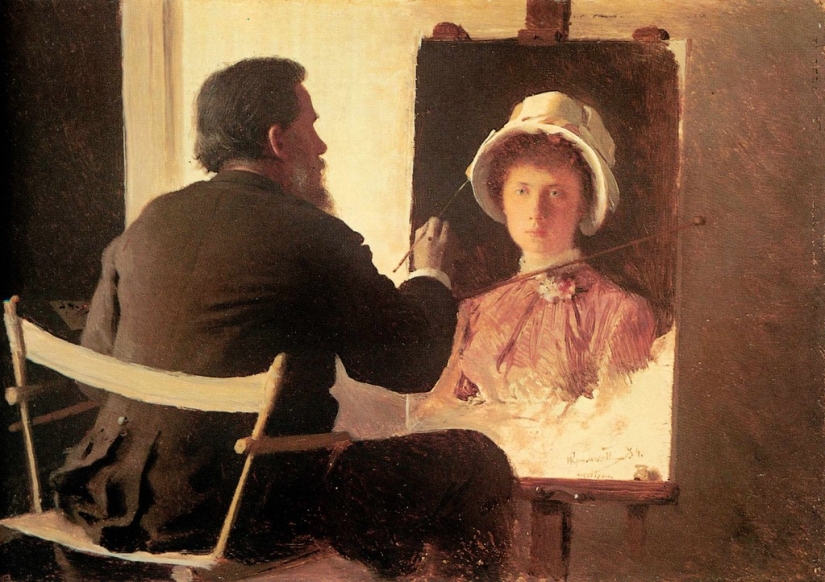
Sofia Ivanovna's husband died in 1916. And soon other troubles began - the revolution, the civil war, the death of her mother in 1919... But Sofia Ivanovna, who was already well over fifty, tried to adapt to a new life. Since 1918, she worked in the art restoration workshops of Glavnauki. She, a deeply religious person, had to become the organizer of the anti-religious museum of the Winter Palace and illustrate the "History of Religion" in the publishing house "Atheist". To her, the daughter of Kramskoy, the famous master of religious painting, the author of paintings of the dome of the Cathedral of Christ the Savior and great Christian canvases! Sofya Ivanovna did not hide her faith much, nor did she hide her Christian desire to help her neighbor. In Leningrad, many of her acquaintances from her "past life" suffered - Smolyan women, ladies-in-waiting, just persons of noble origin. Deprived of everything - housing, property, service and any income, many literally starved. The artist's daughter helped them get a job, even with the most modest salary, to get translations, lessons, typewriting, in order to somehow survive. All this was blamed on the elderly woman — both for "being very religious" and for helping friends…
Junker-Kramskaya was sentenced as an "alien element" to three years of exile in Siberia, but due to a nervous shock she had a stroke. With severe paralysis, she was sent to the DPZ prison hospital. She was somehow treated and four months later she was still sent to the Irkutsk. The semi-paralyzed woman reached Irkutsk, but three weeks later she was transferred to Kansk, a month later, with a deteriorated condition - in Krasnoyarsk.
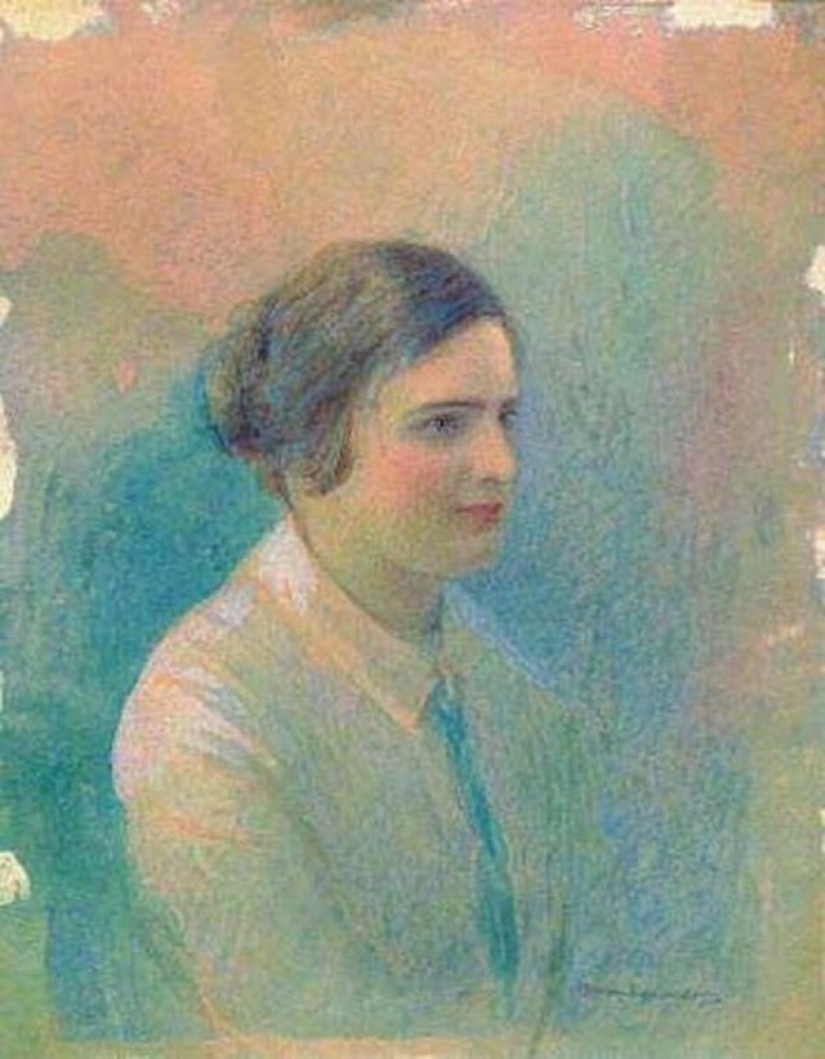
On October 15, 1931, Junker-Kramskaya from the Krasnoyarsk hospital wrote a letter to Ekaterina Pavlovna Peshkova, who provided assistance to political prisoners. Sofya Ivanovna told about a serious illness, about two operations carried out during exile. She tried to prove that she was useful, that she always worked, despite her health condition: in Irkutsk — as an illustrator of textbooks and collective farm magazines, in Kansk - as a photographer and retoucher in a local newspaper. In Krasnoyarsk, she had a second stroke, the left part of her body was taken away. Her request was to mitigate the fate: if it is impossible to return home to Leningrad, then at least let her be left in Krasnoyarsk until her health improves and be sure to provide a job, because her right arm is functioning, not broken by paralysis. "I paint portraits, posters, slogans, posters, signs, illustrations, I know photographic retouching, photo coloring, languages, I can work, I love... Elena Dmitrievna Stasova, with whose father my late husband was so friendly, can confirm to you about my working life. She and Comrade Lunacharsky can also give you information about the Kramskoy Museum..."
On February 28, 1932, a petition was filed to review the case of Junker-Kramskaya due to an incurable illness, as well as due to the fact that the exiled "does not pose ... a social danger." On March 25, 1932, Sofia Ivanovna returned to Leningrad. On July 31, 1932, Junker-Kramskaya wrote a letter of thanks to E.P. Peshkova, saying that she was going to continue working as far as her strength would allow. In 1933, the artist died under strange circumstances. Allegedly, she pricked her finger while peeling herring, and, according to her brother, "died of fish poison." She was rehabilitated for lack of evidence of a crime only in 1989.
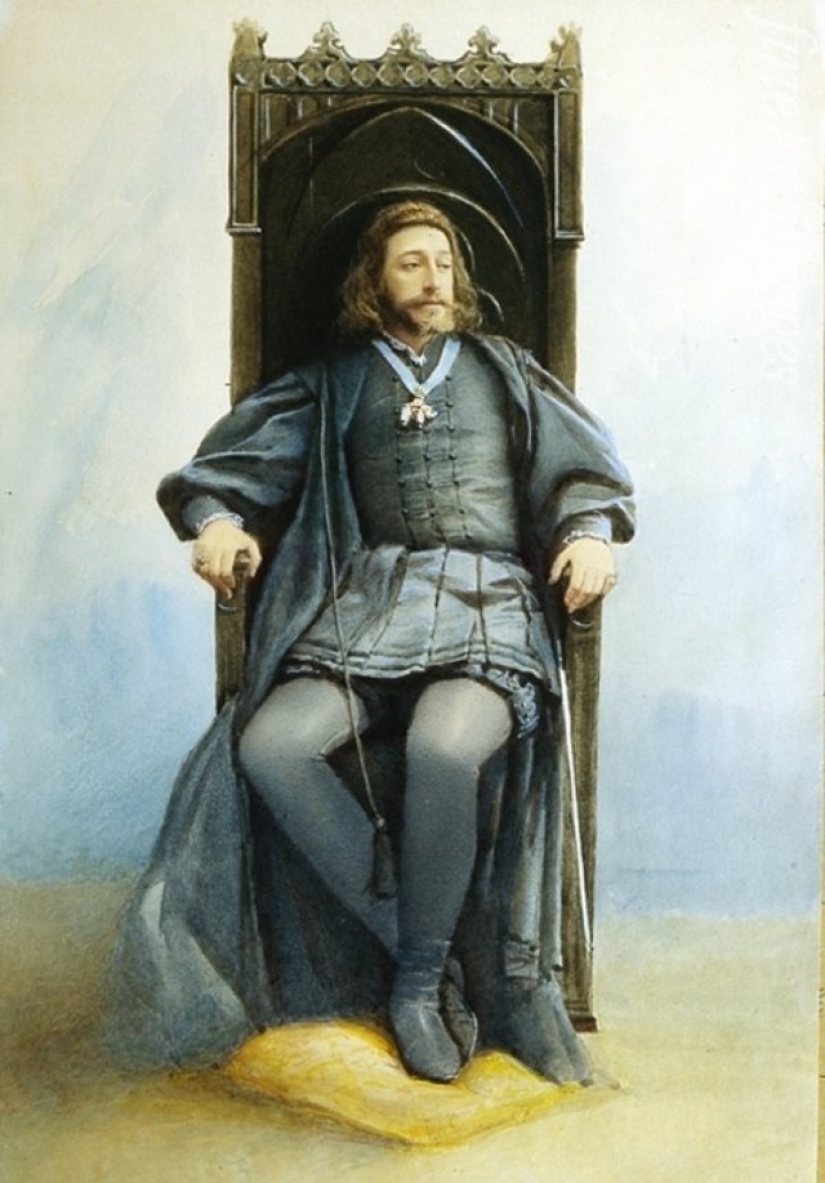
Her letter has been preserved in the State Archive of the Russian Federation:
With deep respect,Artist S.I. Junker-Kramskaya".
Keywords: Prisoners | Paintings | Siberia | Tragedy | Artist
Post News ArticleRecent articles

The formation of Russian names occurred centuries under the influence of many factors and cultures. Despite this, our imenoslov ...

German photographer Dietmar Eckell is the author of the pictures he takes at the crash sites. However, the plane crashes, the ...
Related articles

About the dangers of gluten today, it seems everyone has heard of. This wave of French graphic designer Arthur sack (Arthur Coulet) ...

After defeating the median king Arphaxad, the Assyrian king Nebuchadnezzar, who ruled in Nineveh, sent his captain Holofernes to ...

Photographer Alexander khimushin took a backpack and went to travel the world. He visited 84 countries and realized that the most ...

The number of urban legends generated by human imagination in recent years has been enormous. Some of them are invented from ...